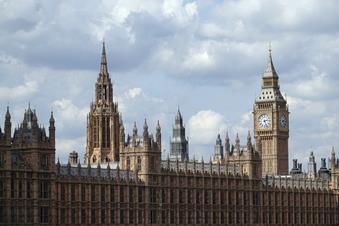Following 3 years of intense debate and engagement on the future of UK REACH in a highly volatile political context, we finally see a tangible proposal from government coming to life.
In welcoming the launch of the long-awaited public consultation on the UK REACH alternative registration model, we are pleased to see that industry concerns surrounding the cost impact of duplicating registrations following the UK departure from the EU continues to be recognised by the Government and reflected in the plans for the re-design of the legislation.
The government’s proposal, while reducing the level of hazard information being required for transitional registrations, will introduce a revised data set of on use and exposure information. CIA strongly supports an approach to chemical management focussed on risk rather than hazard.
As ever with REACH, the devil is in the detail and the task is now to ensure that the legislation is workable for UK manufacturers across supply chains whilst continuing to protect human health and the environment. In informing our response, we will be working closely with our members and other stakeholders to test the feasibility of the proposed model and keeping in mind the fast-approaching 1st registration deadline (27 October 2026).
In a tough economic environment we hope that this announcement will signal future regulatory certainty which has been and remains a significant barrier for UK investment. We also hope that the process - now started - can be continued and fully rolled out by any new Government with pace .
NOTES TO EDITOR
For any further information please contact Simon on 07951 389197 or Diana on 07885 831615.
-
Businesses who make chemical products and solutions are integral to something like 96% of all manufactured goods. Whether it is ingredients for food and medicines; paints and coatings for cars and planes or materials for mobile phones and electric vehicle batteries, the chemical industry is truly the “industry of industries” – also playing a critical role in the nation’s response to Covid-19 through its supply of hand sanitiser, PPE and vaccine ingredients.
-
The Association’s manifesto sets out a series of offers and asks for the Government
-
Chemical businesses are located throughout the UK, with many of them clustered together in the North East of England, North West of England and Central Scotland. These factories and laboratories, operated by a highly trained and skilled workforce, make a significant contribution towards the UK’s productivity performance.
-
Roughly 140 thousand people are employed in the sector and nearly half a million have roles that are dependent on the sector. Chemical workers typically earn around 21% more than other manufacturing industries and almost 27% more than the average worker.
-
From Runcorn to the Humber Bank; from Teesside to Grangemouth, chemical businesses and their employees right across the country are essential to the Government’s levelling-up agenda.
-
We are the country’s second biggest manufacturing exporters, sending goods to the value of more than £60 billion to other countries. The EU represents our most important market, but we continue to work closely with Government to inform and secure UK trade deals with other key chemical markets such as Japan and the USA.





















